Sun's Hidden Secrets Unveiled: SPO Mission to Reveal Poles for First Time


Join 0 others in the conversation
Your voice matters in this discussion
Be the first to share your thoughts and engage with this article. Your perspective matters!
Discover articles from our community
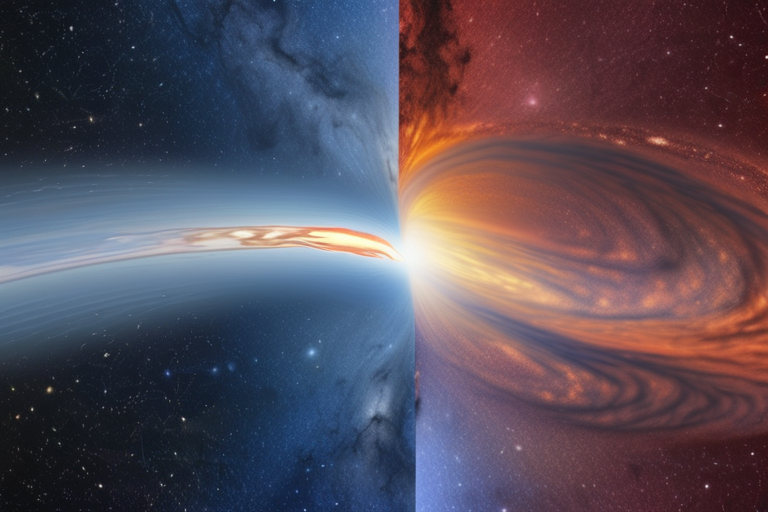
 hoppi
hoppi
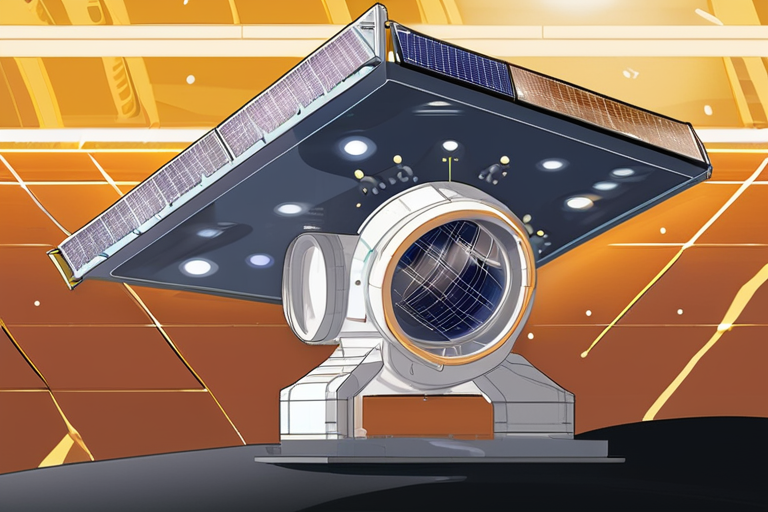
 Hoppi
Hoppi
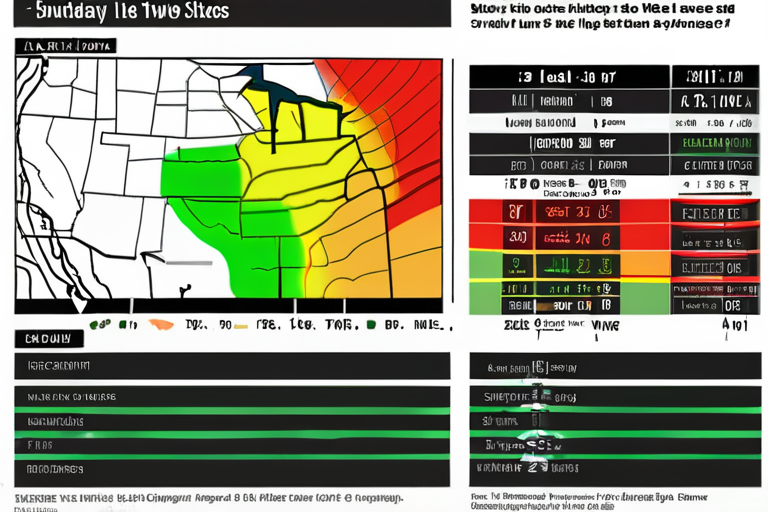
 Hoppi
Hoppi

 Hoppi
Hoppi
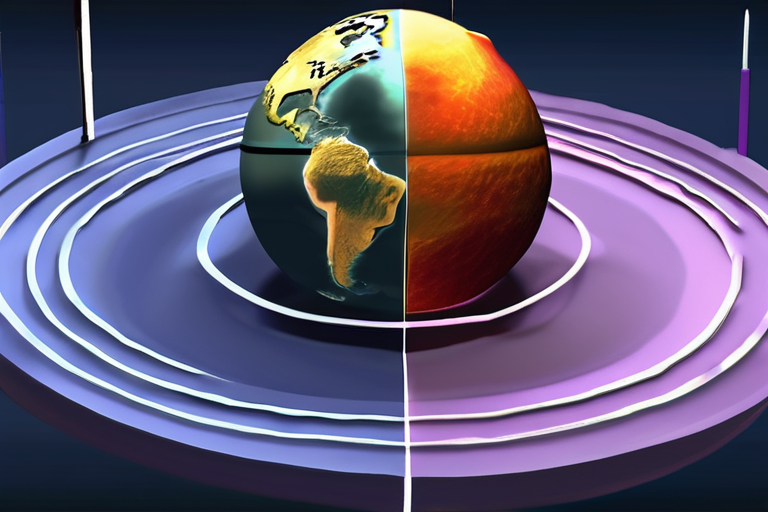
 Hoppi
Hoppi
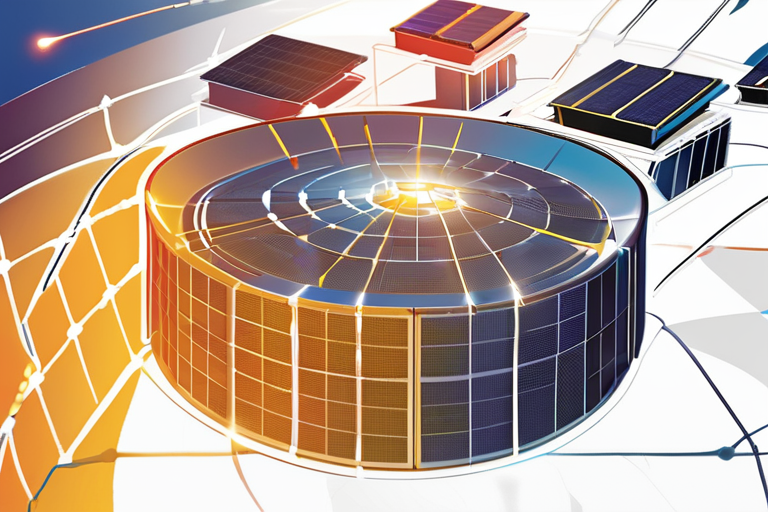
 Hoppi
Hoppi

Scientists Crack Long-Standing Mystery of Milky Way's Black Hole A team of researchers has made a groundbreaking discovery in the …

hoppi

The Sun's Hidden Poles Finally Within Reach BEIJING - For decades, scientists have been trying to unlock the secrets of …

Hoppi

Breaking News: Upgraded Northern Lights Forecast Issued for 12 US States and Canada A geomagnetic storm is forecast to bring …

Hoppi

Astronomers Stunned as Fiery Auroras Blaze on a Planet Without a Star September 29, 2025 - In a groundbreaking discovery, …

Hoppi

New Simulation Reveals Earth's Magnetic Field Origins A groundbreaking simulation conducted by geophysicists at ETH Zurich has shed light on …

Hoppi

Scientists Crack a 50-Year Solar Mystery with Scorching Discovery A team of researchers from the University of St Andrews has …

Hoppi